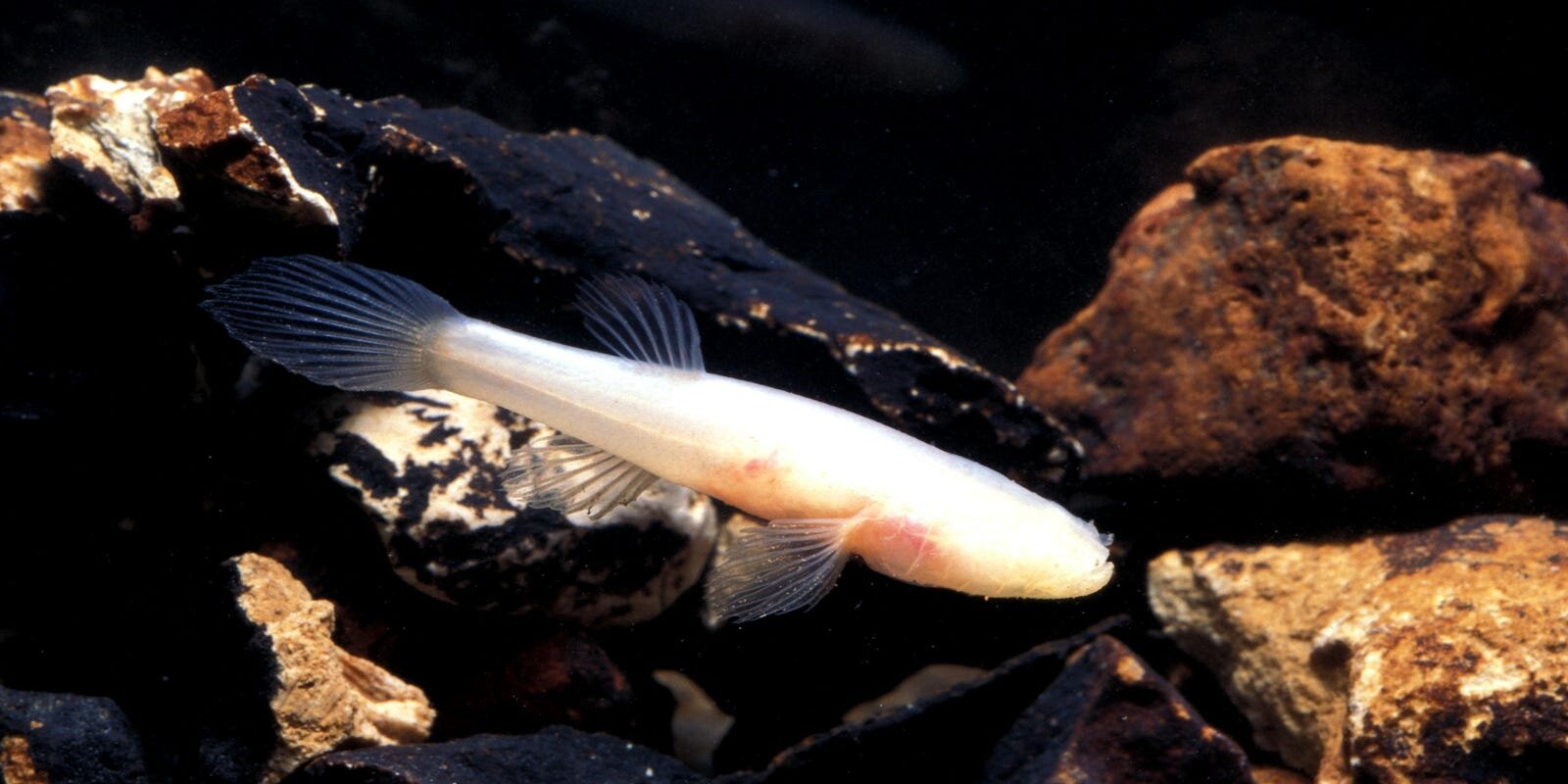
Water Quality Monitoring
DO YOU WANT TO BE IN ON THE ACTION?
WE WANT YOU THERE TOO.
IRWP will introduce volunteer water quality monitoring in 3 sites around NWA in 2024
All 3 teams have been formed - thank you watershed stewards! If you are still interested, you can join an existing team. Volunteer monitors must attending at least 1 training session and teams will monitor 3 times per year (April, August, and November). Here are the training session dates for March, locations decided by teams will be posted soon.
Tuesday, March 12th 9:00 am - 12:00 pm | Osage Creek
Sunday, March 17th 1:00 pm - 3:00 pm | Illinois River
Interested in joining? Fill out this Google Form so we can keep you in the loop and prepare for training session days.
For any questions, email the program manager Suzanne Murphy at suzanne@irwp.org
At IRWP, we focus on three main challenges facing the watershed:
Impairments,
Phosphorous concentrations, and
Species of conservation concern.
While these challenges may seem disparate, they are interconnected in that management for one will often provide benefit to the others.
To learn more about these challenges, read about monitoring projects in and the management plan for the IRW, read through IRWP's recent studies, and access data sources, please use the links to the left.

Studies of the Illinois River Watershed
Recent Ecological Assessments and IRWP’s Streambank Erosion Inventory Study
Ecological Assessment of the Illinois River Watershed
2022
What's living in the river? In this study, we did "Bug Kicking" or macroinvertebrate collection from several sites across the Upper Illinois River Watershed. Local EAST students assisted in the macroinvertebrate collection and counting.
Macro Identification
Volunteers identify macroinvertebrates.
“Little drops of water, little grains of sand, Make the mighty ocean and the pleasant land.
”
Flint Creek
Sparkling water from a water quality monitoring site in Oklahoma.
Ecological Assessment of the Upper Illinois River Watershed
2019
In order to obtain a better ecological understanding of the UIRW, IRWP, with assistance from EAST (Education Accelerated by Service and Technology) programs at local Primary to Junior High schools, assessed ecological conditions at small geographic intervals along defined priority subwatersheds. In order to best identify areas of interest, or areas that score poorly in macroinvertebrate diversity, and subsequent best management practice recommendations for the watershed of those areas.
Streambank Erosion Inventory Study
2020
Since 2017, IRWP has undertaken a "streambank erosion inventory" to understand the extent of streambank erosion along impaired reaches of the Illinois River and its tributaries. Using the BEHI modeling method, the study estimated erosion rates and quantities of sediment and phosphorus loading from 923 stream segments. Some key findings include:
Across the 45 mile study area, the upper watershed is experiencing an average erosion rate of 2.88 feet per year.
Erosion is projected to contribute 102,822 tons of sediment and 154,233 lbs of phosphorus annually into the watershed.
This represents approximately 54% of Total Phosphorus loading in the Upper Watershed.
Clear Creek
East students assist with data collection at a site on Clear Creek. Steep cut banks and gravel bars indicate high rates of streambank erosion.
To put the phosphorus loading number into perspective, the four largest wastewater treatment facilities in the watershed cumulatively load just over 24,000 pounds of phosphorus per year. This result indicates that streambank erosion presents one our greatest challenges in lowering phosphorus concentrations in the watershed.






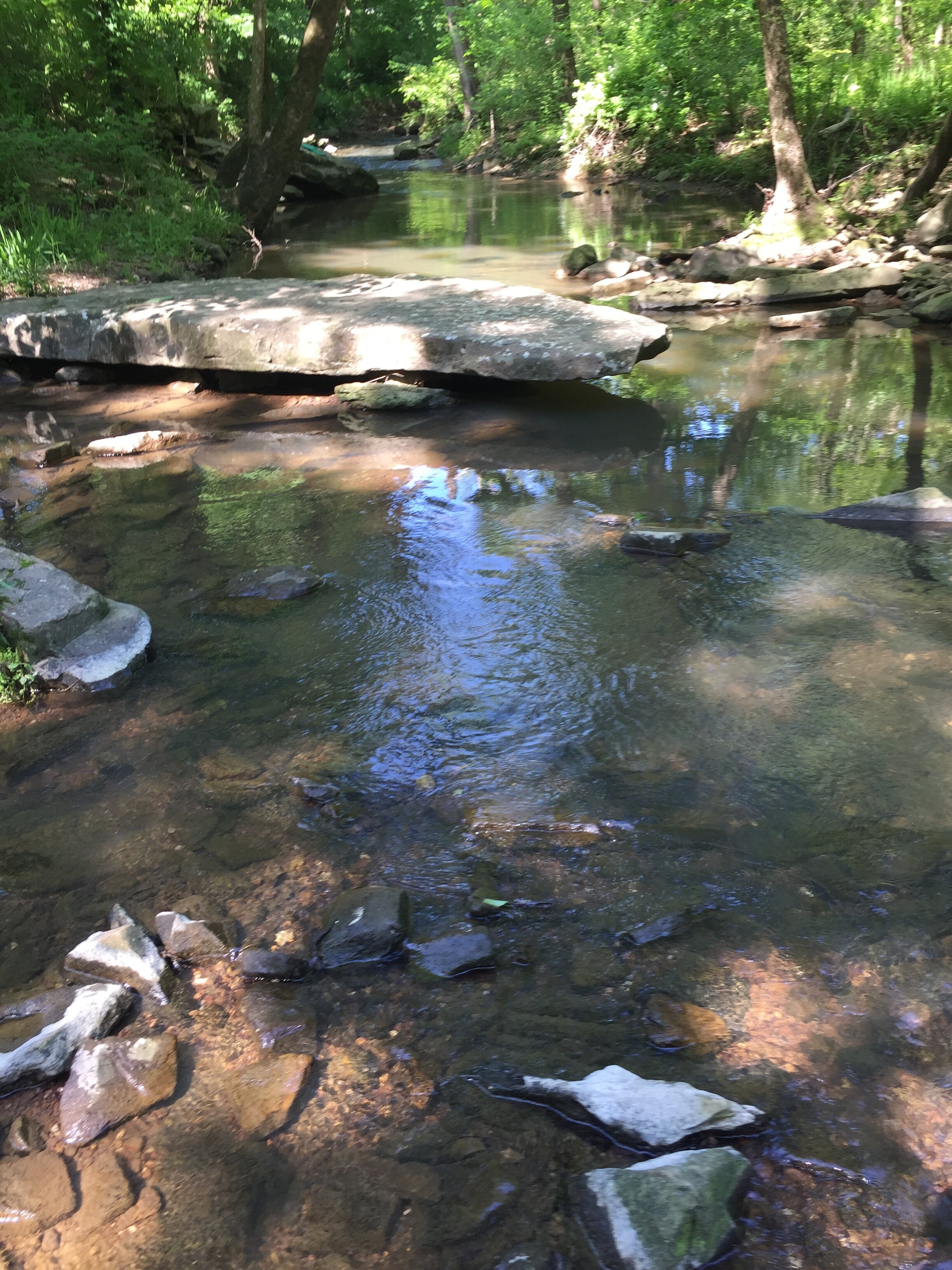



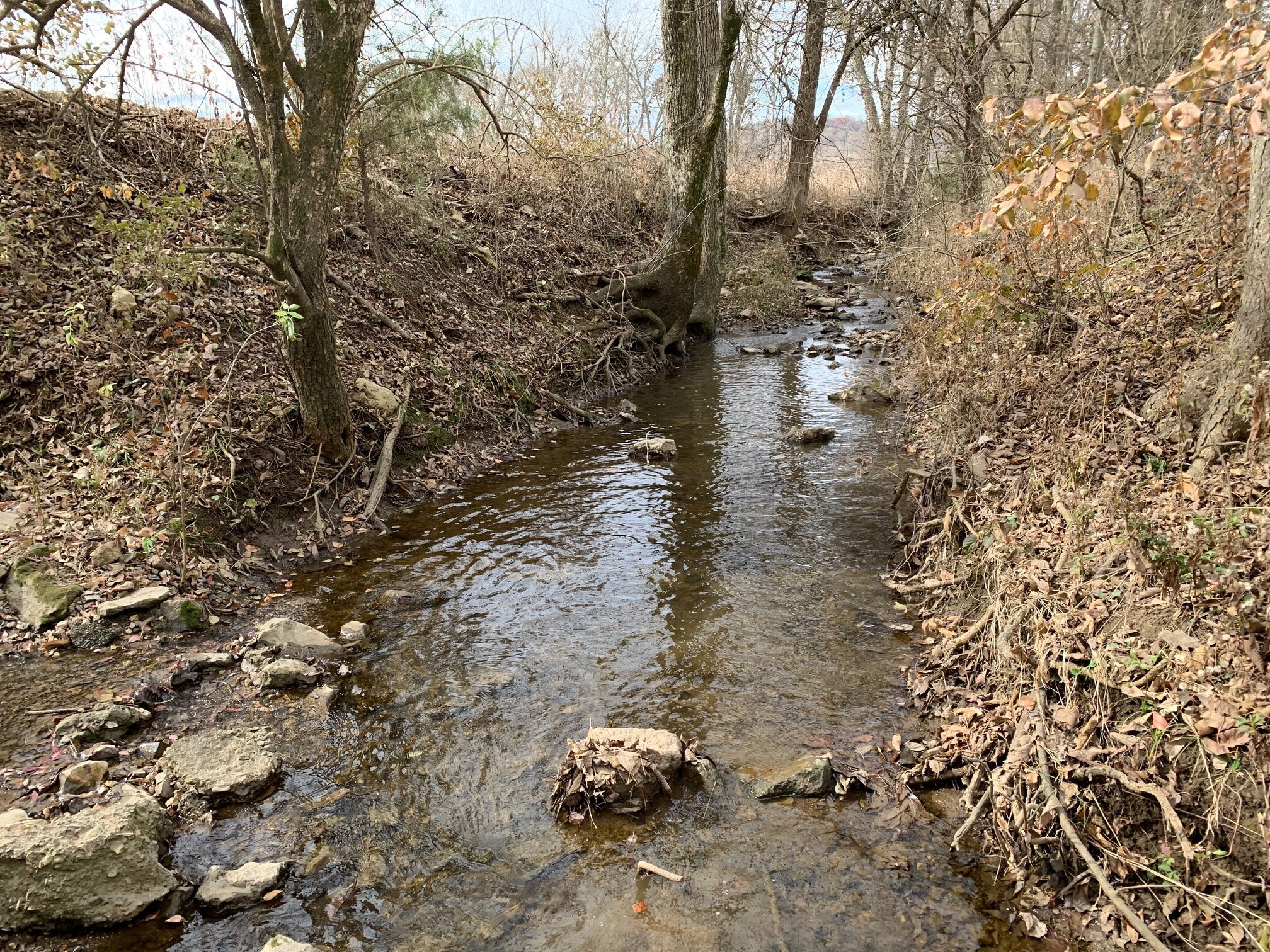










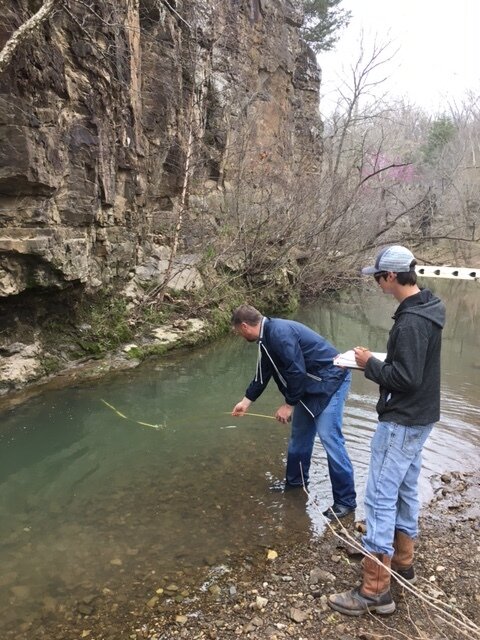
More about Your Watershed
Additional Water Quality Monitoring Resources
Ozark Cavefish from Springfield News-Leader.
Travis Chaney overseeing planting at a restoration site on a landowner’s homestead in Siloam Springs.

